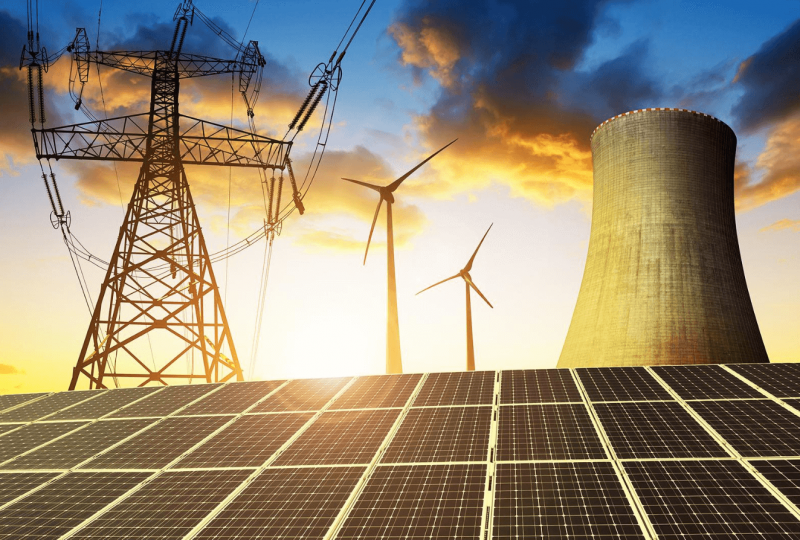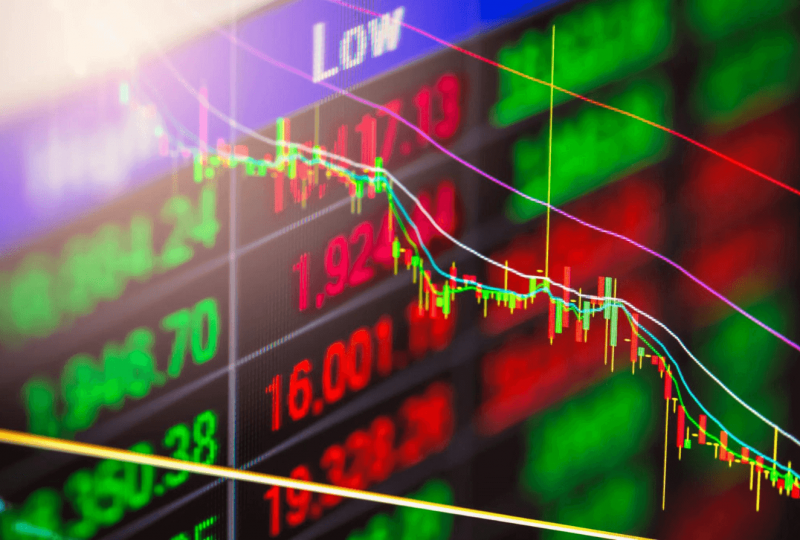What A Global Energy Crisis Means For North American Stocks
Oct 16, 2021

American shale has dominated the marginal balance of global oil and gas supply growth for much of the last five years. American output reached all-time highs as recently as 2020, thanks to a persistent quest for expansion at any cost. Oil prices plummeted in April 2020 as a result of the epidemic and a new administration's effort to speed up the shift to renewable energy sources. Many energy companies that were driven close to bankruptcy before prices began to climb again held off on drilling new wells, preferring to reward long-suffering shareholders with higher dividends and share buybacks. In a June piece for Oilprice, I addressed this pattern.
As a result, American output fell sharply before stabilizing slightly at 11 mm BOPD. The amount of related gas generated decreased as well. Simultaneously, LNG shipments of American gas to European and Asian markets reached record highs. The combined impact of reduced drilling and increased exports resulted in a 30% reduction in oil and gas stocks compared to the previous year.
The EU is at the forefront of the green energy revolution, and firms based in member states have received a clear message to decrease their Scope I, II, and III carbon footprints. The most prominent example of this approach is Shell, which was found guilty by a Dutch court. In a September post for Oilprice, I examined the implications of this directive. As part of this energy shift, the EU has de-incentivized new gas drilling, opting instead to utilize gas as a backup to wind and solar energy on the spot market rather than negotiating long-term storage contracts. This has brought EU supplies to dangerously low levels, as I mentioned in the linked piece, at a time when offshore wind farms have under-produced projected power supplies owing to a very quiet wind condition.
When you add in a worldwide economic rebound as the Covid effects fade, a resurgence in Asian demand for winter heating, and OPEC's determination to keep output rises low, you have a decent picture of the energy scenario the world, and notably the EU, confronts heading into the winter of 2021-2. You also have a very pleased Vladimir Putin, who is starting to negotiate additional gas exports to the EU in connection with final permissions for the recently constructed Nord Stream-2 gas pipeline.
Nord Stream-2 negotiations
Both previous American administrations were staunch opponents of the Nord Stream-2 gas project. This resistance was motivated by geopolitical and energy security concerns, and American sanctions had delayed the project's final vital stages. In May, the Biden administration dropped its objections, apparently to mend strained ties with Germany and enable work to proceed. Nord Stream-2 is now complete, and gas flows are anticipated to begin as soon as Germany's final permissions are granted. An energy expert highlighted Putin's newfound influence over EU energy security in a recent Wall Street Journal article:
"Russia's enormous influence over Europe and beyond has been demonstrated by the European gas crisis," said Thierry Bros, an energy specialist and professor at Sciences Po Paris. "Because Russia has extra capacity, Putin is the only one who can stop blackouts in Europe. This is a strong stance."
Russia, in contrast to the West, has transformed into an energy "Super-Store," with record levels of gas, oil, and even coal. Russia currently controls 25% of worldwide gas and LNG exports, as well as 13.3% of global oil shipments, surpassing Saudi Arabia's 12.6 percent. In the absence of Australian shipments, which China has opted to restrict for diplomatic reasons, it is also providing coal to China.
Russia looks to be utilizing this advantage and taking a hard stance in discussions with the EU over additional gas for the winter.
"Nothing beyond the [current] contracts can be provided," Kremlin spokesperson Dmitry Peskov stated on Wednesday. Any further delivery will be "negotiable."
As the winter develops, it will be interesting to observe how steadfastly Russia maintains this stance. However, there are a few things that are definite. To begin with, the low-cost energy environment that has prevailed for several years is likely to give way to one that we are just now beginning to recognize.
As time goes on, higher pricing and supply worries will predominate in the minds of both global policymakers and consumers.
Second, Russia's increased importance on the global energy market and in world affairs is expected to expand. Putin has weathered the sanctions imposed as a result of the Crimea incident, which you don't hear much about these days as the news cycle has moved on, and now throws a greater shadow in geopolitical circles than ever before.
How to invest in this new era
Energy stock prices in the United States and Canada have risen sharply in recent months as the market has come to terms with the full potential effect of this new era. Independent firms like Devon Energy (NYSE:DVN) have tripled in value in a year as cheap pricing spurred industry consolidation. Even oil giants such as ConocoPhillips (NYSE:COP) have risen to pre-pandemic highs and made smart acquisitions, as I mentioned in a previous Oilprice piece. In this context, we believe these businesses are still investible, and greater recognition of the fundamental importance of petroleum energy sources should help drive their values even higher.
This is especially true in the case of the main energy service businesses. Our top picks are Halliburton (NYSE:HAL) and Schlumberger (NYSE:SLB), whose present values do not reflect the anticipated demand for their services in the coming quarters.
We should also note the outstanding values that can be found in Canadian businesses, many of which have been highlighted in previous publications. Tourmaline Oil Corp, Canada's largest gas producer, is still trading at a single-digit earnings multiple, but that will change as winter comes. Canadian Natural Resources is another firm that we admire. CNQ's long-life, low-decline heavy oil production assures strong net backs, driving profits higher as demand for oil rises in transportation, industry, and as a gas alternative for electricity generation in the event of high gas prices. CNQ's stock has risen 60% this year, and we believe it still has more to grow while paying out generous dividends to shareholders.
In certain organizations, the necessity for brevity limits alternative recommendations. The energy sector has been hampered in recent years, and it has only lately regained popularity. As previously said, we believe that discounts may still be found in the new energy pricing period that has recently arrived on the global energy market.
We'd want to conclude by saying that we see the whole North American energy complex, both above and below the 49th parallel, as a target-rich environment with few poor options in today's market. Before making any financial decisions, the reader is recommended to conduct their own research and speak with an investment professional.




